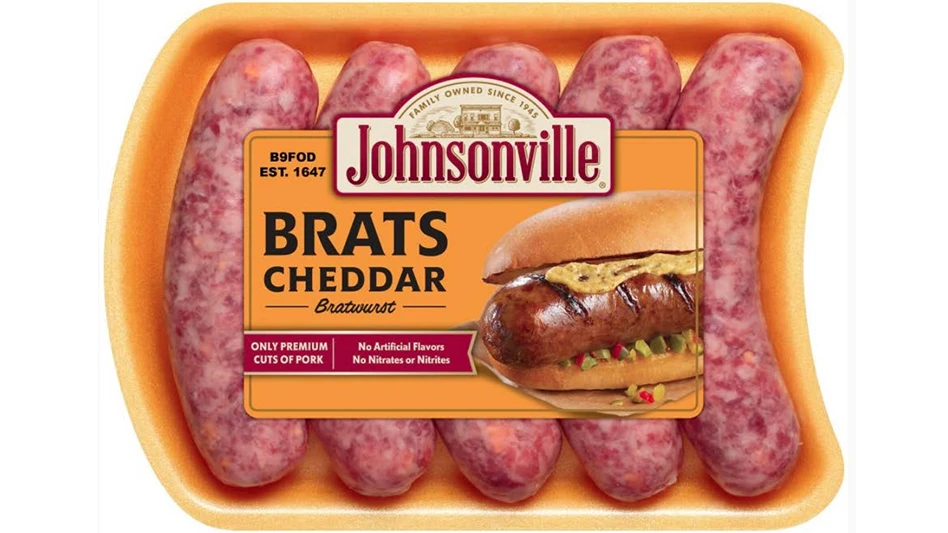
By Jeff Fenner
In 2017, the organic food market in the U.S. hit an all-time high of $45.2 billion in sales, with organic food accounting for 5.5% of the food sold in retail channels, according to the Organic Trade Association’s 2018 industry survey. Globally, the organic food segment has topped the $90 billion mark in sales, but the U.S. is the single biggest market for organic goods in the world, and, according to industry experts, sales will only continue to grow.
Consumers who shop organic tend to highly value and be loyal to the products they buy for their families, but there is a group of individuals who don’t care about organic certifications and food safety programs: pests. Rodents, cockroaches, stored product pests, flies, and other pests do not differentiate between organic and regular food processing facilities when it comes to locating their next meal or harborage site.
This presents a unique challenge for organic facilities and quality assurance managers: The pest threat is no different than in a traditional facility, but the restrictions on the steps and tactics they and their pest management service provider can deploy are far greater. The solution comes down to how facility management and their pest management partners connect traditional integrated pest management (IPM) protocols to the requirements of the facility. IPM strategies — including prevention, exclusion, sanitation, monitoring, and cultural practices — should be the foundation of any pest management program in an organic food processing plant.
Lance Gray, regional manager for Sprague Pest Solutions, Eugene, Ore., who works with several organic food processing and storage facilities on their fumigation programs, said the biggest difference is the contents of his toolbox. “No synthetic fumigants can be used in organic facilities so the tool of choice is carbon dioxide,” Gray said. “We have had success using it, and it is an effective tool. But the application process is different, and there are several additional factors that need to be considered.”
By its composition, carbon dioxide is heavy and can settle in a structure. As a result, fumigators must pay close attention to the weather, especially the temperature, and use more science when designing and implementing a fumigation treatment in an organic facility. “Cold weather is not conducive to perform carbon dioxide fumigation,” Gray said. “We also look at the structural integrity and types of construction materials used in the facility. It requires us to make sure we are on top of our assessment process.”
Whole-structure, carbon dioxide-based fumigation of large facilities is not recommended as it not cost effective for the facility, he said. Rather, CO2 is more effective in traditional, temperature-controlled fumigation chambers which are constructed on-site at organic facilities, which makes the process more efficient and cost-effective. “It makes it easier to fumigate shipping containers of unprocessed food materials as soon as they arrive at a facility before the materials are taken inside,” Gray added. “It also makes better financial sense versus sending the materials off-site to be fumigated.”
As is the case with all pest management programs, the certifying organic body must first approve the fumigation plan. Most companies dealing in organics are open to using CO2-based fumigations to eliminate pest threats, Gray said. “Fumigations give facility management more flexibility in their pest management programs to eliminate a wide variety of pest threats.”
In the past, he added, organic facilities had accepted higher than normal levels of product spoilage and loss versus traditional facilities because the pest management toolbox was limited. But, he said, “With carbon dioxide-based fumigations, organic facilities now have an alternative to manage pest threats. They are looking at the process through a different lens.”
The author is a communications and marketing consultant with B Communications. He can be reached at jfenner@b-communications.com.

Explore the January 2019 Issue
Check out more from this issue and find your next story to read.
Latest from Quality Assurance & Food Safety
- Ferrero Group Invests $445 Million in Ontario Production Facility
- Nelson-Jameson Announces Grand Opening for Pennsylvania Distribution Center
- Taylor Farms Linked to Romaine E. coli Outbreak as Marler Clark Files Multiple Lawsuits Against Supplier
- IAFNS Announces Winners of Emerging Leader Awards for Food Safety, Nutrition
- FDA Shares Testing Results for PFAS in Bottled Water
- Provision Analytics Adds Food Safety Expert Jennifer Williams to Strategic Advisory Group
- Boston Sword & Tuna Protects Seafood Safety with Mettler-Toledo Metal Detectors
- IFT Releases New Resources to Aid Food and Beverage Industry in Sugar Reduction





